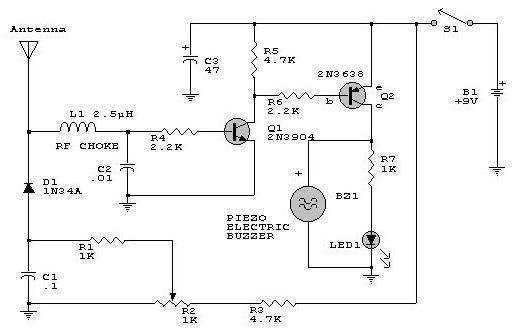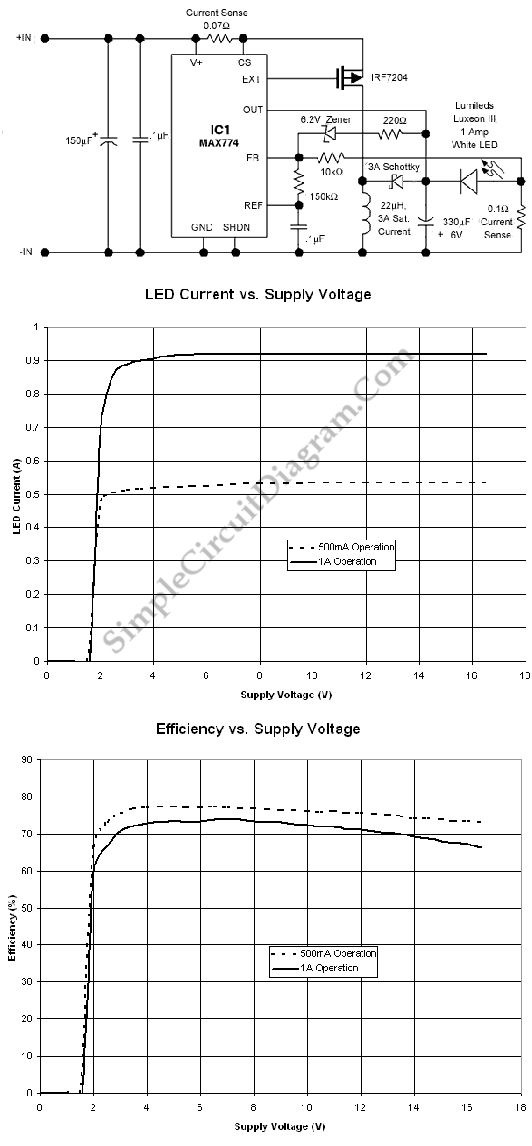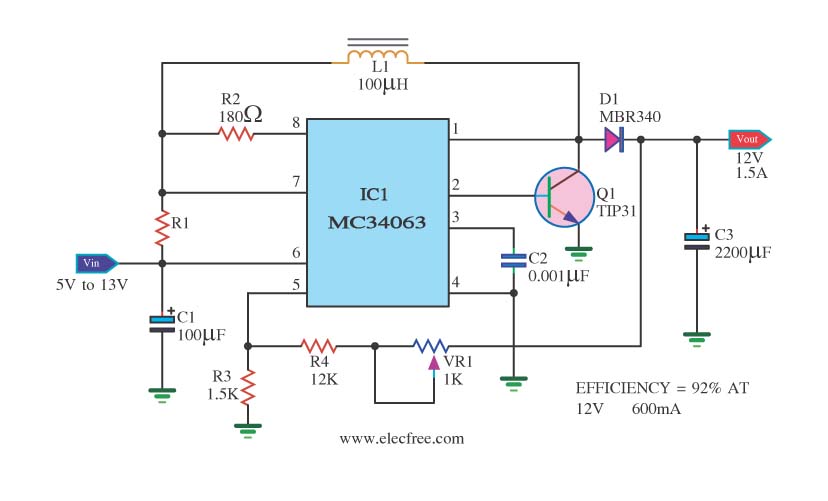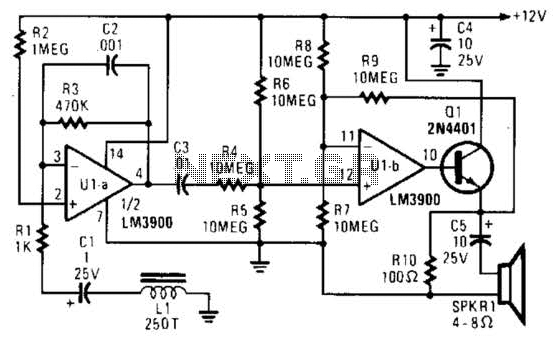
Battery voltage monitor circuit by LM339

This simple low voltage tester circuit can be used to monitor batteries and other voltage sources for issues, utilizing an LED display and alarm sound.
The low voltage tester circuit is designed to provide a reliable method for monitoring the voltage levels of batteries and other power sources. The circuit typically includes a voltage divider, which scales down the voltage to a level that can be safely processed by a microcontroller or comparator.
An LED display is incorporated to visually indicate the voltage status. It may consist of multiple LEDs, each representing a specific voltage range, allowing for quick assessment of the battery's condition. When the voltage falls below a predetermined threshold, an alarm sound is triggered, alerting the user to potential issues with the power source.
Powering the circuit can be achieved through the battery being tested or an external power supply. The use of low-power components ensures that the circuit does not significantly drain the battery being monitored.
Additional features may include a reset button to silence the alarm and reset the display, as well as calibration options to adjust the voltage thresholds according to different battery types. This circuit is suitable for a variety of applications, including testing household batteries, automotive batteries, and other low-voltage power supplies.
Overall, this low voltage tester circuit is an essential tool for ensuring the reliability and performance of various voltage sources in electronic applications.This simple low voltage tester circuit can be used to monitor battery and other voltage sources of current for problems, by LED display and alarm sound. Which.. 🔗 External reference
The low voltage tester circuit is designed to provide a reliable method for monitoring the voltage levels of batteries and other power sources. The circuit typically includes a voltage divider, which scales down the voltage to a level that can be safely processed by a microcontroller or comparator.
An LED display is incorporated to visually indicate the voltage status. It may consist of multiple LEDs, each representing a specific voltage range, allowing for quick assessment of the battery's condition. When the voltage falls below a predetermined threshold, an alarm sound is triggered, alerting the user to potential issues with the power source.
Powering the circuit can be achieved through the battery being tested or an external power supply. The use of low-power components ensures that the circuit does not significantly drain the battery being monitored.
Additional features may include a reset button to silence the alarm and reset the display, as well as calibration options to adjust the voltage thresholds according to different battery types. This circuit is suitable for a variety of applications, including testing household batteries, automotive batteries, and other low-voltage power supplies.
Overall, this low voltage tester circuit is an essential tool for ensuring the reliability and performance of various voltage sources in electronic applications.This simple low voltage tester circuit can be used to monitor battery and other voltage sources of current for problems, by LED display and alarm sound. Which.. 🔗 External reference
Warning: include(partials/cookie-banner.php): Failed to open stream: Permission denied in /var/www/html/nextgr/view-circuit.php on line 713
Warning: include(): Failed opening 'partials/cookie-banner.php' for inclusion (include_path='.:/usr/share/php') in /var/www/html/nextgr/view-circuit.php on line 713





